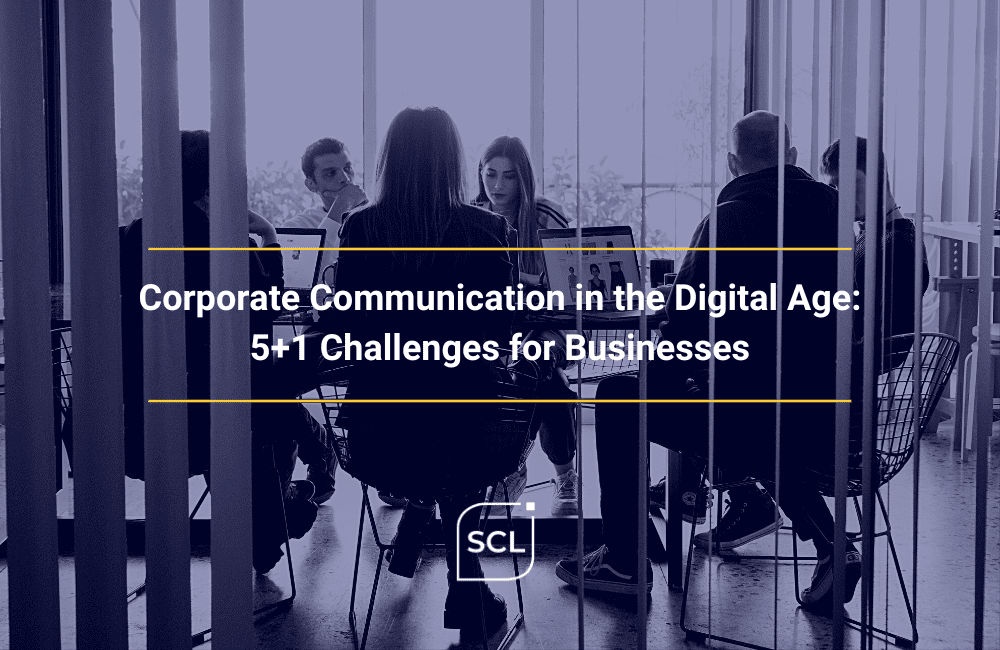Effective corporate communication is essential for any organization, as it helps establish a corporate reputation and establishes the organization’s narrative as an appealing employer.
Furthermore, it fosters a sense of shared purpose and teamwork among those working in it. Even though this is well-known in theory, research shows that:
- 60% of companies worldwide still lack a long-term corporate communication strategy,
- 44% of employees worldwide still lack a clear picture of where their company is headed, while 50% conduct their own online research to determine how well their company is doing.
For many SMBs, annual communications activity consisted of a few press mentions, 1-2 press releases per year, a few participations in trade fairs, and perhaps a greeting card at Christmas.
However, the rise of social media and advances in digital technology have altered business communication requirements. These changes affect external communication with consumers, partners, media, and other stakeholders – and internal communication between management and personnel.
In light of the above, the five most typical challenges that firms face in corporate communication are:
1. Introversion and Inconsistent Communication
Companies that don’t communicate leave opportunities for others to do so. Gone are the days when it was all-important to communicate with the appropriate audience, at the right time and with the right message. We live in a time where having the appropriate answer for the asking public at all times is critical. Companies must recognize that even if they are in historically introverted industries – i.e. shipping, construction, manufacturing, and pharmaceuticals- it is crucial to have stability and consistency in communication and how they establish their image.
2. Using Social Media Strategically
It isn’t easy to find better advocates than the company’s employees. However, despite the numerous drawbacks we attribute to social media platforms, LinkedIn, in particular, continues to provide unique employee engagement and advocacy opportunities. These include how actively employees engage with their organization and whether or not they publish company news or other information on their social media accounts.
3. Comprehending New Data and the Status Quo
Companies’ reflexes will have to become much faster in an era where information moves at breakneck speed. This requirement becomes much more pressing in crisis management situations where unforeseen incidents force an organization to deal with the event itself – i.e. an accident, product recall, or other issues – and the media consequences simultaneously.
4. Explaining What They Do
If an organization can’t explain what it does to an elementary school child (in three simple sentences), then communication is failing. Unintelligible and ambiguous words, mixed with buzzwords, don’t help a company stand out. Corporate narratives are the same, as they often include terms like innovation, sustainability, and transformation, all employed interchangeably. An organization’s most challenging but essential task is to explain in simple terms what extra value it provides.
5. Long-term Planning with Specific Objectives
Communication strategies are fundamental; however, they are ineffective if they merely exist and don’t have defined and measurable aims. What exactly is the purpose of business communication?
- To improve market reputation?
- To differentiate from the competition?
- To showcase exports or investments?
- To recruit qualified candidates?
If the above is clear, a long-term strategy with robust implementation is unquestionably more likely to succeed.
The final problem that firms face is locating skilled digital consultants for corporate communication. To adequately lead a firm that wants to take the next step, consultants must understand the digital environment and the business.
This is our daily routine at SCL Mellon. Contact us to prepare for your organization’s digital future.

